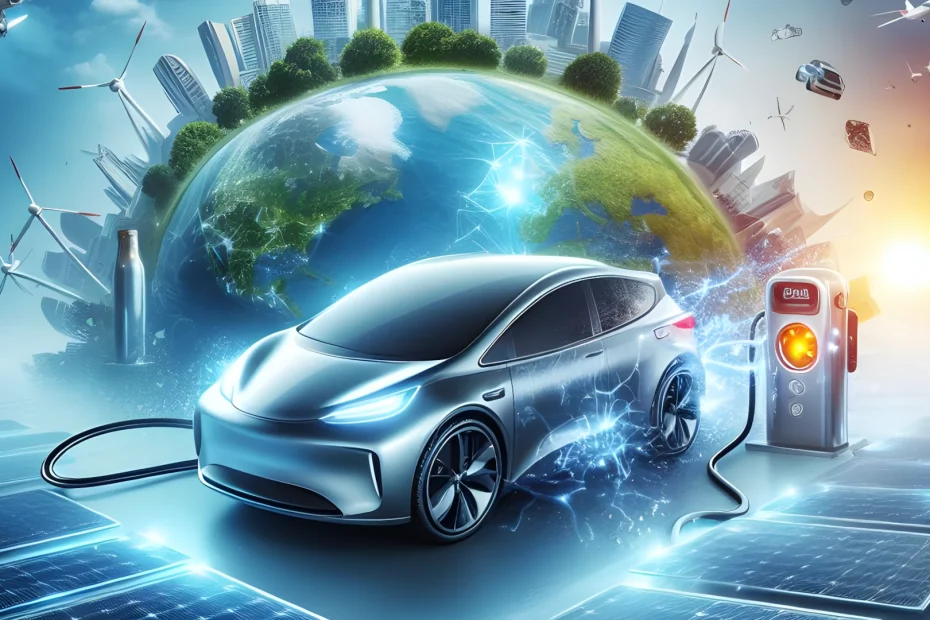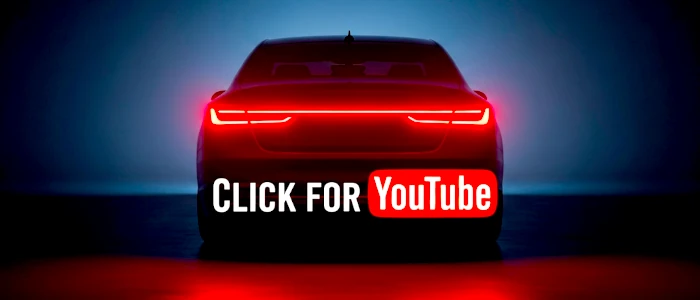The second-life battery market is emerging as an innovative solution to the environmental and economic challenges faced by the electric vehicle (EV) industry. With estimates pointing to a value of $4.2 billion by 2035, this sector promises to transform how we handle the battery life cycle. The circular economy, combined with technological advancements and global regulations, is shaping a more sustainable and accessible future for electric mobility.
How the Circular Economy Drives Second-Life Batteries
The circular economy has solidified itself as an effective response to the linear model of production and disposal. In the case of lithium-ion batteries, reuse and recycling are essential strategies to reduce environmental impact. Companies like Energy Source in Brazil are leading this transition by developing patented processes that recover precious metals without harming the environment. These methods not only extend the lifespan of batteries but also decrease the need for the extraction of scarce raw materials.
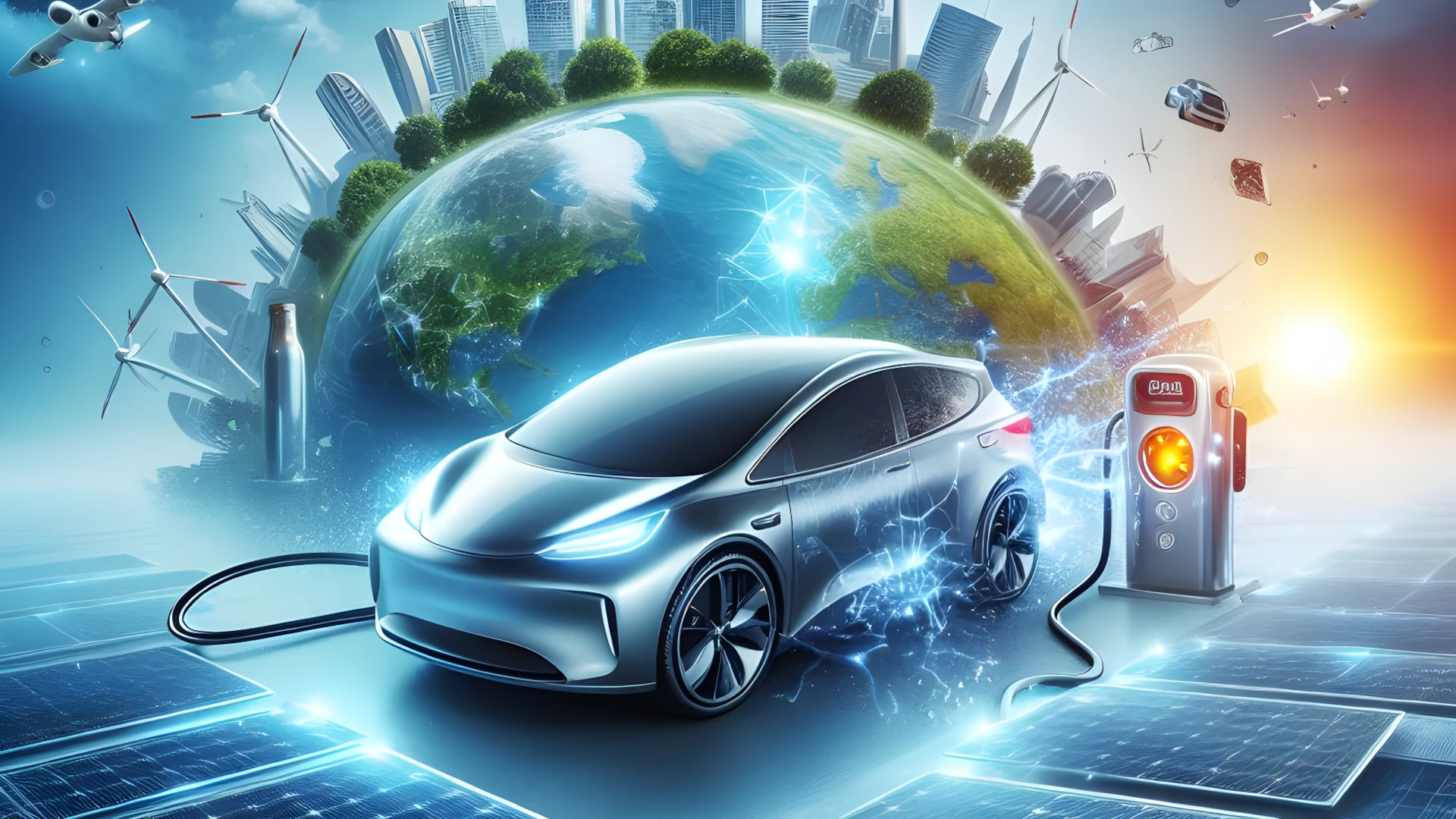
Additionally, the circular economy contributes to cost reduction in the supply chain. Repairing batteries for less than 10% of the cost of a new one, as demonstrated by Energy Source, is a practical example of how the circular economy can make electric mobility more accessible. This model also encourages the creation of new markets, such as energy storage, where used batteries from EVs find a second useful life.
Logistical Challenges in Battery Reuse
Despite the potential of the second-life battery market, there are significant obstacles that need to be overcome. One of the main challenges is related to the logistical costs involved in transporting, inspecting, and sorting batteries. Manual processes, such as testing and disassembly, further increase operational costs.
Another critical point is the variability in battery conditions after their first useful life. This requires sophisticated evaluation systems to ensure that only viable batteries are reused. Furthermore, the lack of global standardization makes it difficult to implement scalable solutions. To overcome these challenges, investments in automation and technology are essential, as are public policies that encourage the adoption of sustainable practices.
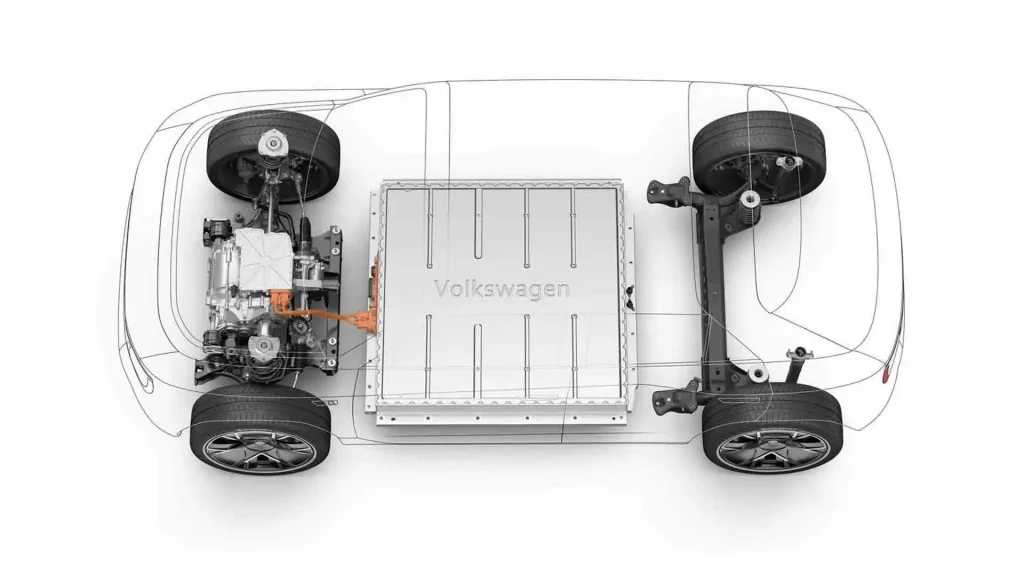
Types of Batteries and Their Recycling Implications
Nickel-manganese-cobalt (NMC) and lithium iron phosphate (LFP) batteries have distinct characteristics that influence their recyclability. NMC batteries, rich in cobalt and nickel, have higher energy density and are more economically attractive for recycling. In contrast, LFP batteries, while cheaper and more durable, are less appealing due to the absence of these valuable metals.
These differences have direct implications for the development of recycling technologies. While NMC batteries offer lucrative opportunities, LFPs require innovative approaches to maximize their residual value. In Europe, regulations already establish minimum targets for the use of recycled materials, such as 16% recycled cobalt by 2031. These regulatory initiatives are driving technological advancements and creating a favorable environment for the growth of the second-life battery market.
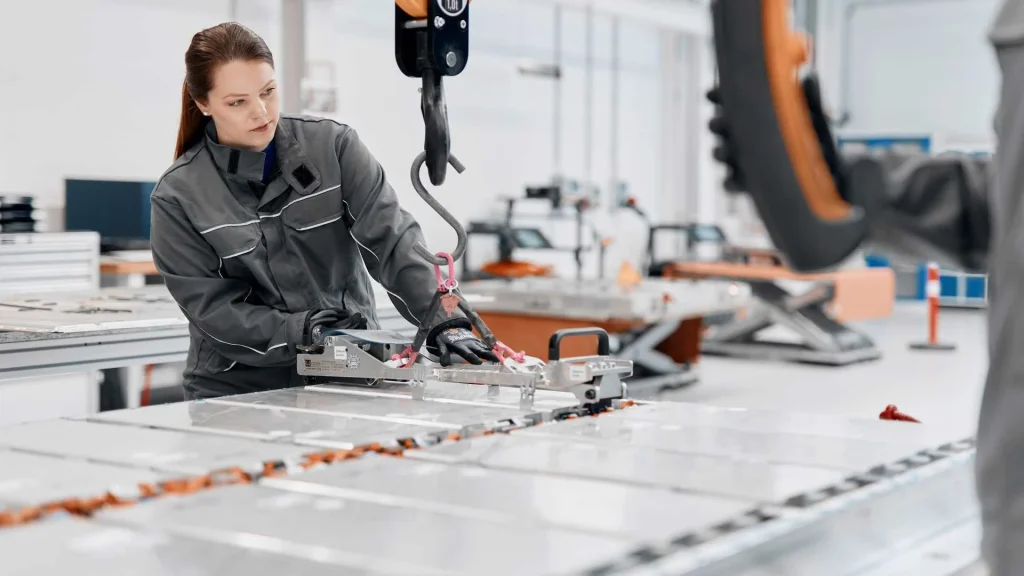
Global Initiatives and the Role of Energy Source in Brazil
Brazil stands out on the global stage thanks to the initiatives of Energy Source, a pioneering company in the repair, reuse, and recycling of EV batteries. With agreements in place with automakers and patented processes that sustainably separate precious metals, the company has already recovered tons of critical materials. Its ability to repair batteries in as little as 36 hours demonstrates the economic and operational viability of this approach.
Globally, China and the European Union lead regulatory initiatives, requiring the use of recycled materials in batteries. In the U.S., while the focus is on recycling, there is room to expand reuse. These initiatives reflect a worldwide trend toward sustainability and the circular economy, with companies like Energy Source playing a crucial role in this transition.
Author: Fabio Isidoro
Fabio Isidoro is the founder and editor-in-chief of Canal Carro, where he has been writing about the automotive world since 2022. Passionate about cars and technology, he began his journey on the HospedandoSites portal and today dedicates himself to creating technical content and comprehensive analyses of national and international vehicles. 📩 Contact: contato@canalcarro.net.br

